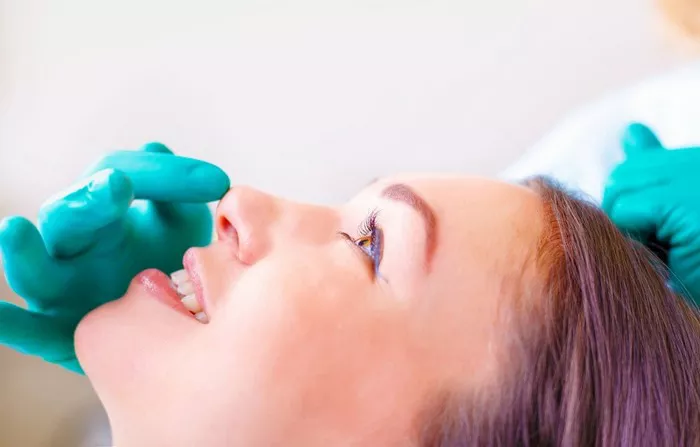Rhinoplasty and septoplasty are two distinct surgical procedures that address different aspects of the nose. Rhinoplasty focuses on reshaping the external appearance of the nose for aesthetic reasons, while septoplasty aims to correct a deviated septum, which can hinder proper breathing and cause functional issues. Many patients wonder about the duration of these procedures, as understanding the time involved can help them prepare for surgery and recovery. This article delves into the details of how long a rhinoplasty and septoplasty typically take, the factors influencing the duration, and what patients can expect during the surgical process.
Rhinoplasty: Duration and Procedure
The duration of rhinoplasty surgery can vary depending on the complexity of the procedure and the desired changes. On average, rhinoplasty typically takes between 1 to 3 hours to complete. However, certain factors can influence the duration, including:
a. Surgical Technique: The surgical technique used for rhinoplasty can affect the duration. Both open rhinoplasty and closed rhinoplasty methods are commonly employed. Open rhinoplasty involves making an incision on the columella (the tissue between the nostrils) to gain better access to the nasal structures, while closed rhinoplasty involves incisions made inside the nostrils without any external scarring. Open rhinoplasty may take slightly longer due to the increased visibility and access to intricate modifications.
b. Complexity of Changes: The extent of changes required also plays a role. Simple refinements, such as removing a dorsal hump or adjusting the nasal tip, may take less time compared to more complex alterations involving multiple structural modifications.
c. Grafts and Implants: If grafts or implants are used to support or augment the reshaped nose, additional time may be needed during the surgical process.
d. Surgeon’s Expertise: The experience and skill of the surgeon can influence the efficiency of the procedure. Experienced surgeons may complete the surgery more quickly without compromising on the quality of results.
During a rhinoplasty procedure, the surgeon will carefully reshape the cartilage, bone, and soft tissue of the nose to achieve the desired aesthetic improvements. After completing the modifications, the surgeon will close the incisions using fine sutures and apply a protective dressing, typically a splint or cast, to support the nose during the healing process.
Septoplasty: Duration and Procedure
Septoplasty is a surgical procedure specifically designed to correct a deviated septum, the thin wall of cartilage and bone that separates the two nostrils. A deviated septum can obstruct the nasal passages, leading to breathing difficulties and other functional issues. The duration of septoplasty surgery typically ranges from 30 minutes to 1 hour, depending on various factors:
a. Severity of Deviation: The extent of the septal deviation influences the duration of surgery. More severe deviations may require more intricate adjustments.
b. Concurrent Procedures: Sometimes, septoplasty is combined with rhinoplasty to address both functional and aesthetic concerns. In such cases, the total surgical time will be longer.
During septoplasty, the surgeon makes an incision inside the nostril to access the deviated septum. The bent or crooked cartilage is carefully straightened and repositioned to improve airflow and breathing. The surgeon may also remove any obstructions or excess tissue that hinders proper nasal function. After the correction is complete, the incisions are closed, and no external scarring is visible.
Recovery and Aftercare
Following both rhinoplasty and septoplasty procedures, patients are taken to a recovery area to awaken from anesthesia. The initial recovery period involves some swelling, bruising, and mild discomfort, which gradually subside over the following weeks. Patients will receive postoperative instructions regarding wound care, pain management, and activity restrictions during the healing period.
Conclusion
Rhinoplasty and septoplasty are distinct surgical procedures addressing aesthetic and functional concerns related to the nose, respectively. The duration of rhinoplasty typically ranges from 1 to 3 hours, while septoplasty typically takes 30 minutes to 1 hour. Factors such as surgical technique, complexity of changes, the need for grafts or implants, and the surgeon’s expertise can influence the duration of both procedures. Understanding the time involved in these surgeries can help patients prepare for the process and plan for the recovery period. Consulting with a skilled and experienced surgeon is crucial to achieving optimal results and ensuring a smooth and successful outcome for both rhinoplasty and septoplasty procedures.


